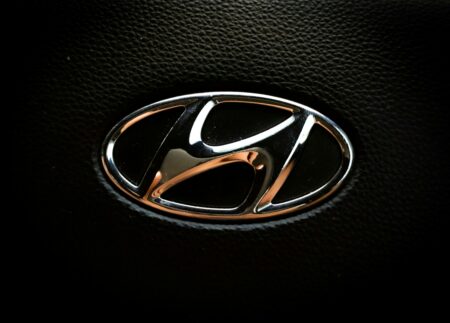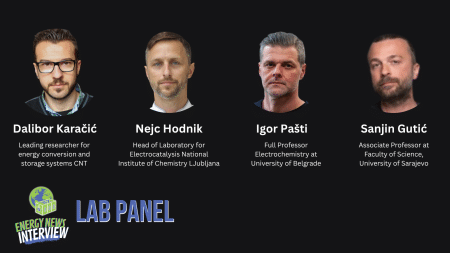For TransNamib, a N$110 million project will create the continent’s first two dual-fuel hydrogen-diesel locomotives. The locomotives will be able to run on both diesel and green hydrogen gas produced in Namibia.
TransNamib will provide one of the locomotives for conversion, and Traxtion, a South African locomotive manufacturer, will provide the other. Both will be operated by TransNamib.
At the Traxtion rail hub in Rosslyn, South Africa, the prototypes will be constructed and modified before being transported to Walvis Bay.
The project is being developed by a collaboration that is headed by Hyphen Technical, a developer of hydrogen energy, and consists of TransNamib, the University of Namibia (Unam), CMB TECH, a developer of hydrogen applications in Belgium, and Traxtion.
The Namibian Green Hydrogen Conference was held in Windhoek in August. The German Federal Ministry of Education and Research and the Namibian government organized the conference.
Abigail Raubenheimer, a representative for TransNamib, stated that their engineers will participate in the design phase to obtain knowledge of the technology in order to be able to maintain and modify locomotives in the future.
If successful, the feasibility study in which TransNamib will participate will lay the groundwork for the development of hydrogen-powered locomotives and should enable the company to convert its entire fleet of 41 locomotives.
“TransNamib’s company has enormous potential in all areas, from running hydrogen-powered passenger services to delivering hydrogen to consumers in the nation and the region. Naturally, this depends on the pilot project and how workable it is for our operations, according to Raubenheimer.
In order to participate in the Southern Corridor Development Initiative, plans for the use of land in the Tsau Khaeb National Park were submitted to the government from August to November 2021. This is how Hyphen Technical entered Namibia.
The Hyphen Project, as it is known, was given preferred bidder status for the proposed construction of a two million tonne per year green ammonia plant, with 350 000 tonnes of hydrogen per year production, using a 3GW electrolyzer and about 6.5GW of wind and solar energy capacity. The project is overseen by Marco Raffinetti, the chief executive officer of Hyphen Hydrogen.
focusing on regional production
According to Hyphen Technical’s chief executive officer Konrad Boshoff, discussions among the partners who made up the consortium led to the idea of a hydrogen dual-fuel internal combustion engine locomotive using the most recent hydrogen combustion technology, even though hydrogen fuel cell locomotives have been in development at the prototype level for almost 15 years.
“Utilizing hydrogen as a fuel for rail transportation is a great way to get local value out of the large mega projects for hydrogen gas (H2) production and offer cleaner and more affordable transportation to Namibia,” he said. “Hydrogen will be produced in large quantities in the future within Namibia.”
In addition, CMB TECH will supply the H2 engine and H2 fuel system equipment, including specialized engineering design on systems and testing, according to Boshoff.
While TransNamib will operate the trains, employ the locomotives in service, and offer the local rail expertise for certification and operation, Traxtion will be the project’s partner in implementation and maintenance.
In order to upskill and build capability and experience in the local knowledge body, Unam will provide research expertise on specific topics related to H2 and Namibian environmental conditions, including standards development for H2 in rail. Graduates will also be provided with internships for the project.
For the upcoming H2 equipment, Hyphen Technical will be in charge of systems engineering and integration, locomotive systems design and integration, performing particular feasibility studies, and project management, administration, and coordination.
Boshoff stated that it will take roughly 20 months for the project to reach the point at which the locomotives are ready for trial operation and 24 months for the project to reach its conclusion and for the locomotives to be placed into operational service on the Namibian railways.
In particular for applications in rail, large trucks, and some industrial equipment, “we believe that there is a vital role for hydrogen combustion to play in encouraging the hydrogen economy,” he said.
Up to 85% of the diesel fuel in diesel engines can be replaced by hydrogen thanks to the hydrogen-diesel dual-fuel combustion technology.
Another benefit is the potential to still operate with lower emissions by converting the fleet of existing, older locomotives into viable assets.








